China’s biggest ally in the South China Sea? A volcano in the Philippines
On June 15, 1991, an otherwise unremarkable mountain in the Philippines blew its top. And with that massive eruption, Mount Pinatubo became an unlikely actor that profoundly shaped today’s South China Sea power contest.
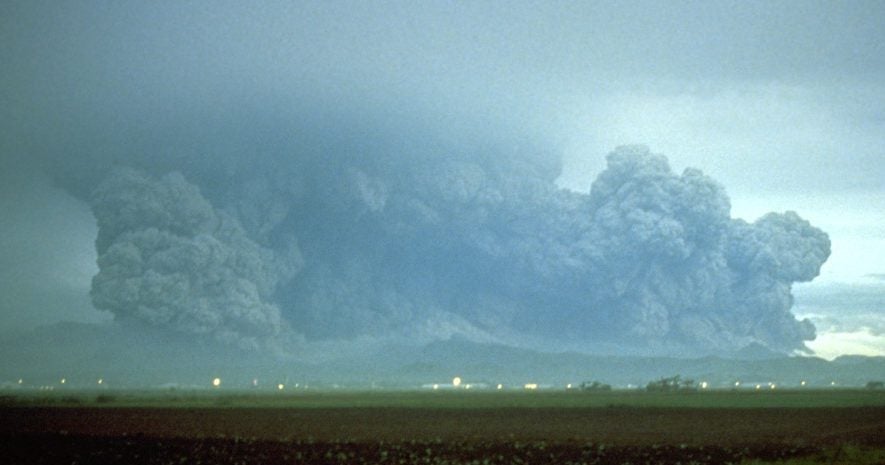

On June 15, 1991, an otherwise unremarkable mountain in the Philippines blew its top. And with that massive eruption, Mount Pinatubo became an unlikely actor that profoundly shaped today’s South China Sea power contest.
Right in the line of fire of the volcanic eruption, just 9 miles (14.5 km) away, was Clark Air Base, then the most populated overseas US military installation in the world. Also nearby, about 20 miles distant, was the Subic Bay Naval Base.
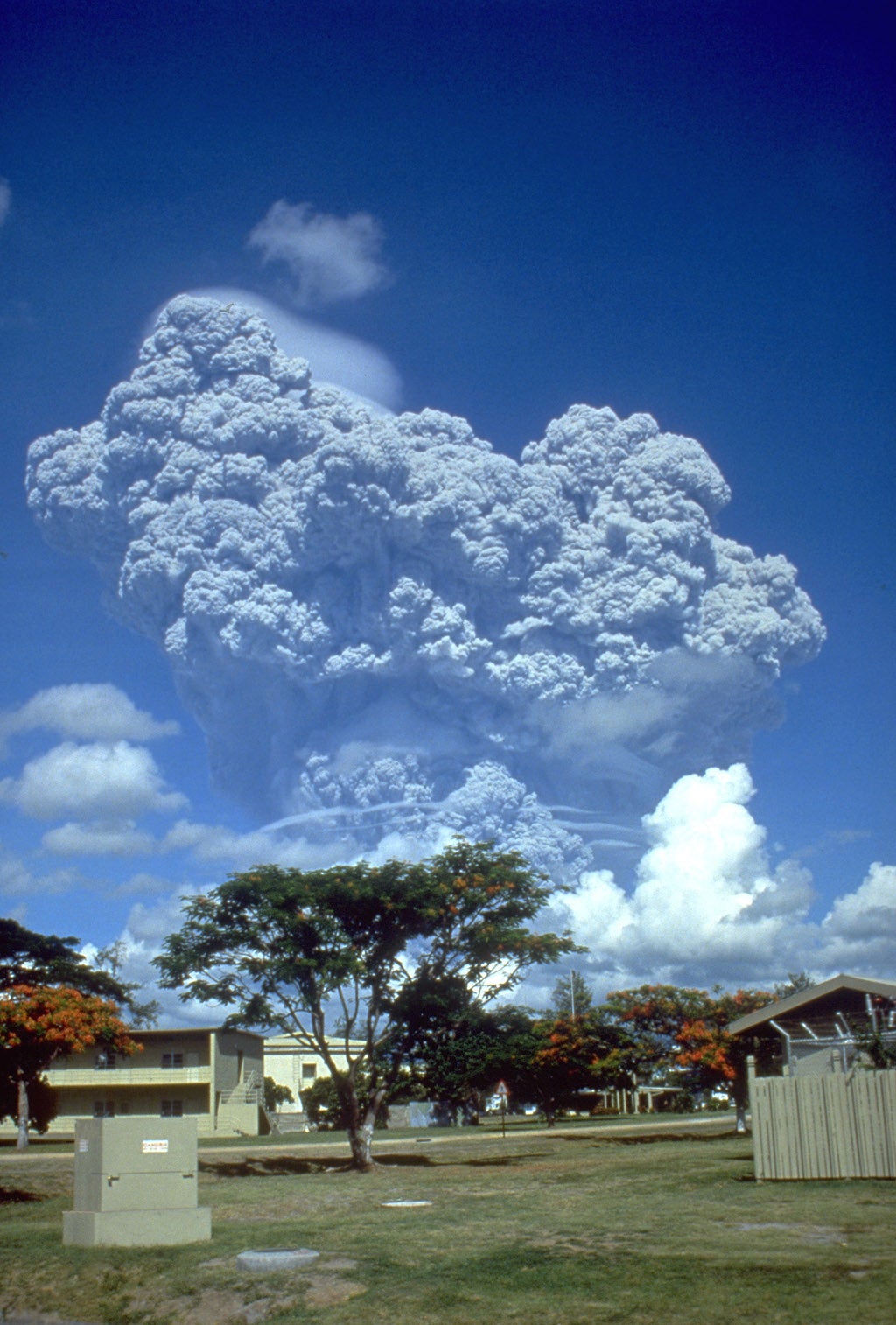
Together, these sprawling bases, with a combined population exceeding 30,000, had allowed the US to project power in the region. Just by their presence, they made would-be bullies think twice before getting too aggressive. Both bases suffered major damage from the eruption, and by the end of the following year, the US had abandoned them. Ever since, China has slowly been filling the power vacuum that withdrawal created in the South China Sea.
Erupting onto the scene
British author Simon Winchester, in his 2015 book Pacific, devotes a chapter to the eruption’s major geopolitical impact. He describes the havoc wreaked upon the bases, noting it was compounded by Typhoon Yunya, which struck the Philippines at the same time:
The cannonade of millions of tons of ejected material from Pinatubo was believed to have shot twenty miles into the sky, but no one could see the spectacle because of the thick rain clouds and the swirling thunderstorms. All they saw were lightning storms of an unimaginable intensity, and then thousands of tons of liquid ash pouring down on top of everyone and everything for the entire day, collapsing buildings, making roads impassable, turning rivers into torrents of near-solid mud… the two bases below had been wrecked, utterly. They were covered in a foot and more of heavy, gray, and greasy mud. It would take millions of dollars to clean up the bases, and they would be inoperable for years.

Not that Pinatubo went off without a warning. While it caused destruction, it politely gave fair warning before doing so. In March 1991, steam vents began appearing along its ridge, and small tremors were picked up by the US Geological Survey. On June 7, an ash cloud mushroomed into sky, and the Philippine government gave its official warning. Finally, on June 15, Mount Pinatubo erupted.
The fair warning enabled US personnel to leave Clark in an orderly fashion. They headed to Subic, where warships prepared to ferry them away.
The eruption played a direct role in the closing of Clark. The US estimated at the time it would cost over $500 million to make the base operational again. Dick Cheney, then the US defense secretary under president George H.W. Bush, announced in July that Clark was so badly damaged that American forces would abandon it. They did so by November 1991.
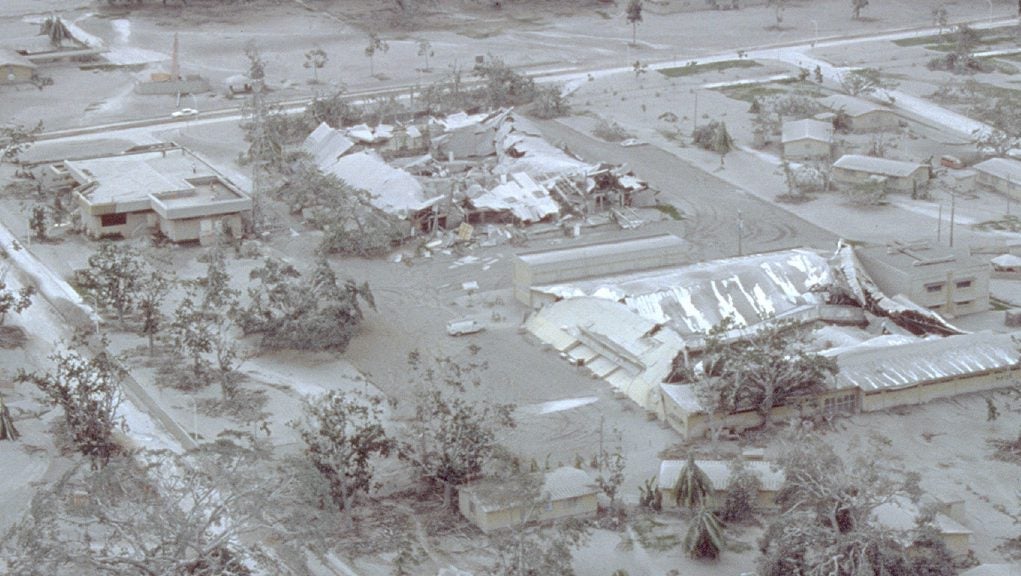
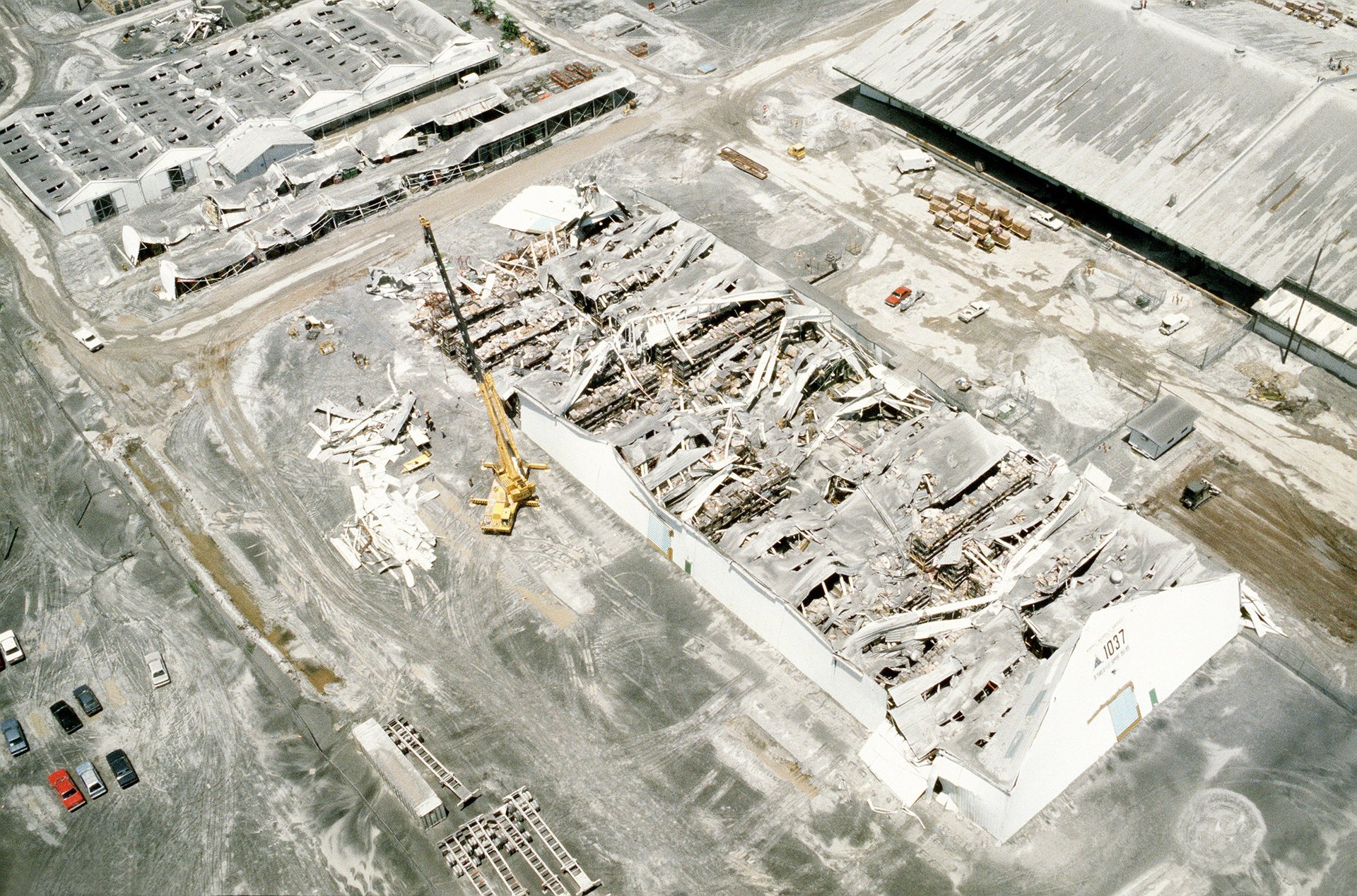
The eruption was not the only thing working against the bases. So were US efforts to cut spending and rising nationalism among Philippine politicians. In his 2015 book Asia’s New Battlefield, Philippine author Richard Javad Heydarian describes the mood in Manila at the time:
But with the collapse of the USSR in 1991, there was an upsurge of nationalist sentiments, with leading legislators calling for an end to American bases in the Philippines… The decisive defeat of communism—long seen as a major threat to Philippine democracy—created a sense of complacency among Filipino leaders.
Such sentiments led to the Americans being kicked off Subic about a year after they left Clark, despite some US hopes that Subic might be spruced up and reoccupied.
Eventually, the US would have left the Philippines anyway. It just would have happened much more slowly. As the New York Times noted at the time (paywall):
How the Administration’s expectations of a long, phased Philippine withdrawal collapsed into a hasty retreat from two of its largest and oldest overseas bases is the result of an unusual combination of events, including the eruption of a volcano, the demise of the Soviet Union, an assertion of Philippine nationalism, and shrinking Pentagon budgets.
China makes its move
For Beijing, the eruption and US base closings were good news for its South China Sea ambitions. As Winchester notes:
For the first time in a hundred years, there were no Americans at any base in the Philippines… The island republic… was now essentially defenseless… Overnight, the western Pacific had become a vacuum. One that the Chinese military was only too ready to fill.
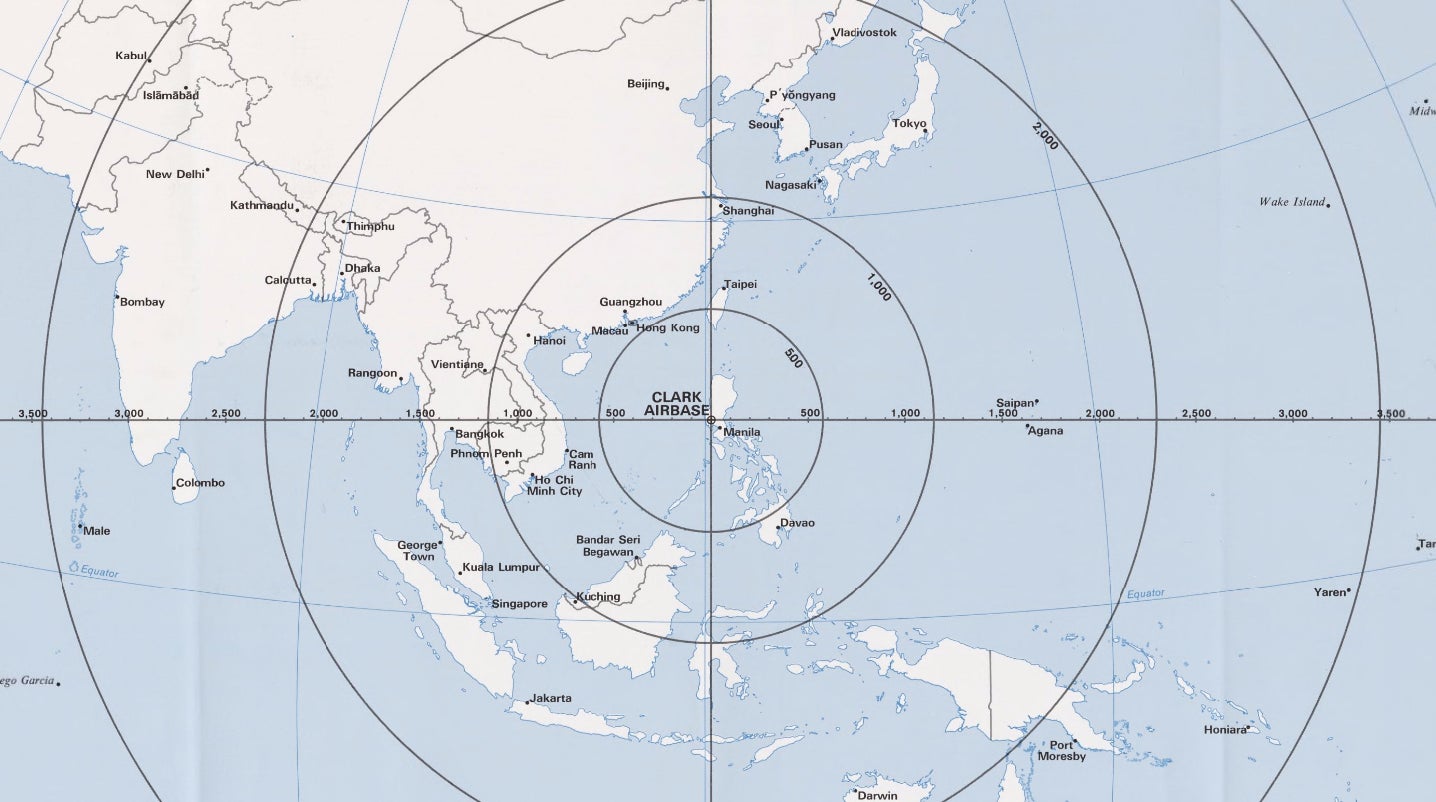
In a behavior pattern that has continued until this day, China began taking small, incremental steps to gain a better strategic position in the waterway, as if using the sea for a giant game of Go. In February 1992, Beijing announced that it considered most of the South China Sea its own territory, putting forth its “Law on the Territorial Waters and Their Contiguous Areas.”
Soon after it began to build military facilities atop Mischief Reef, a formation of reefs in the Spratlys some 250 km (155 miles) from a Philippine coast. In January 1995, local Philippine fishermen were surprised to come across huts and platforms arising from the shallows behind the reefs. They were even more surprised when Chinese forces apprehended them on charges of trespassing—even though they were well within the exclusive economic zone (pdf, p. 260) of the Philippines.
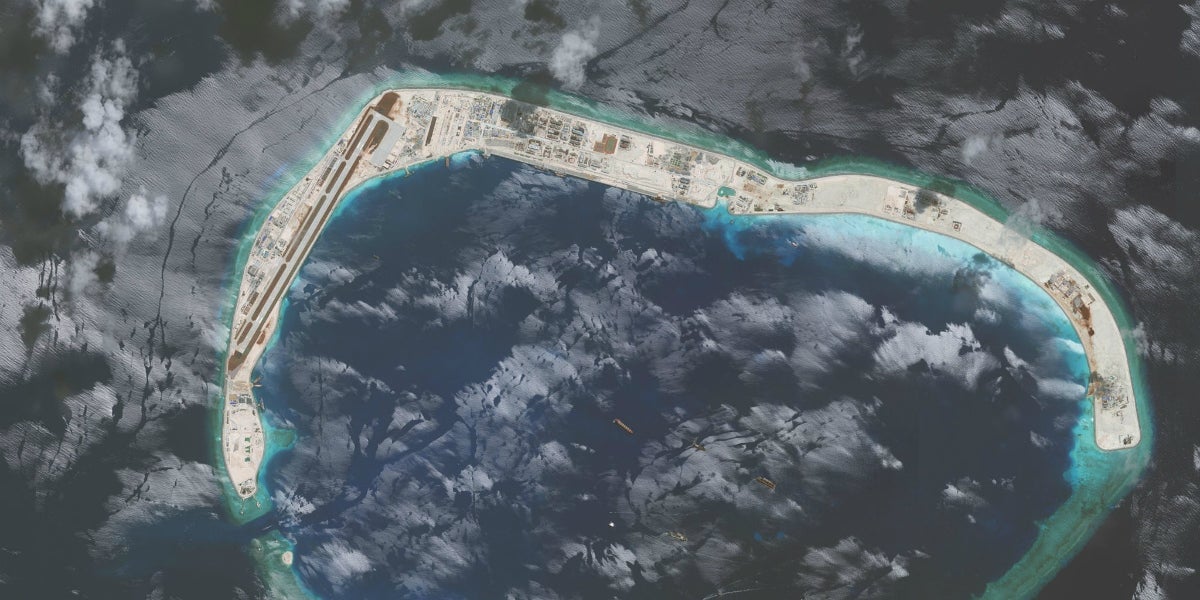
A diplomatic squabble soon broke out, with Manila summoning the Chinese ambassador for an explanation and China contending it was merely making huts for fishermen, which no one believed. Satellite photos taken over the subsequent years reveal Beijing’s true intent: One small step at a time, China turned Mischief Reef into an artificial island, upon which it installed a military base. It did the same to other nearby reefs.
Beijing has insisted that everything within its “nine-dash line”—a crude outline drawn on a map after World War II encompassing most of the sea—is its territory, even though that clashes with modern maritime law and the UN Convention on the Law of the Sea (Unclos).
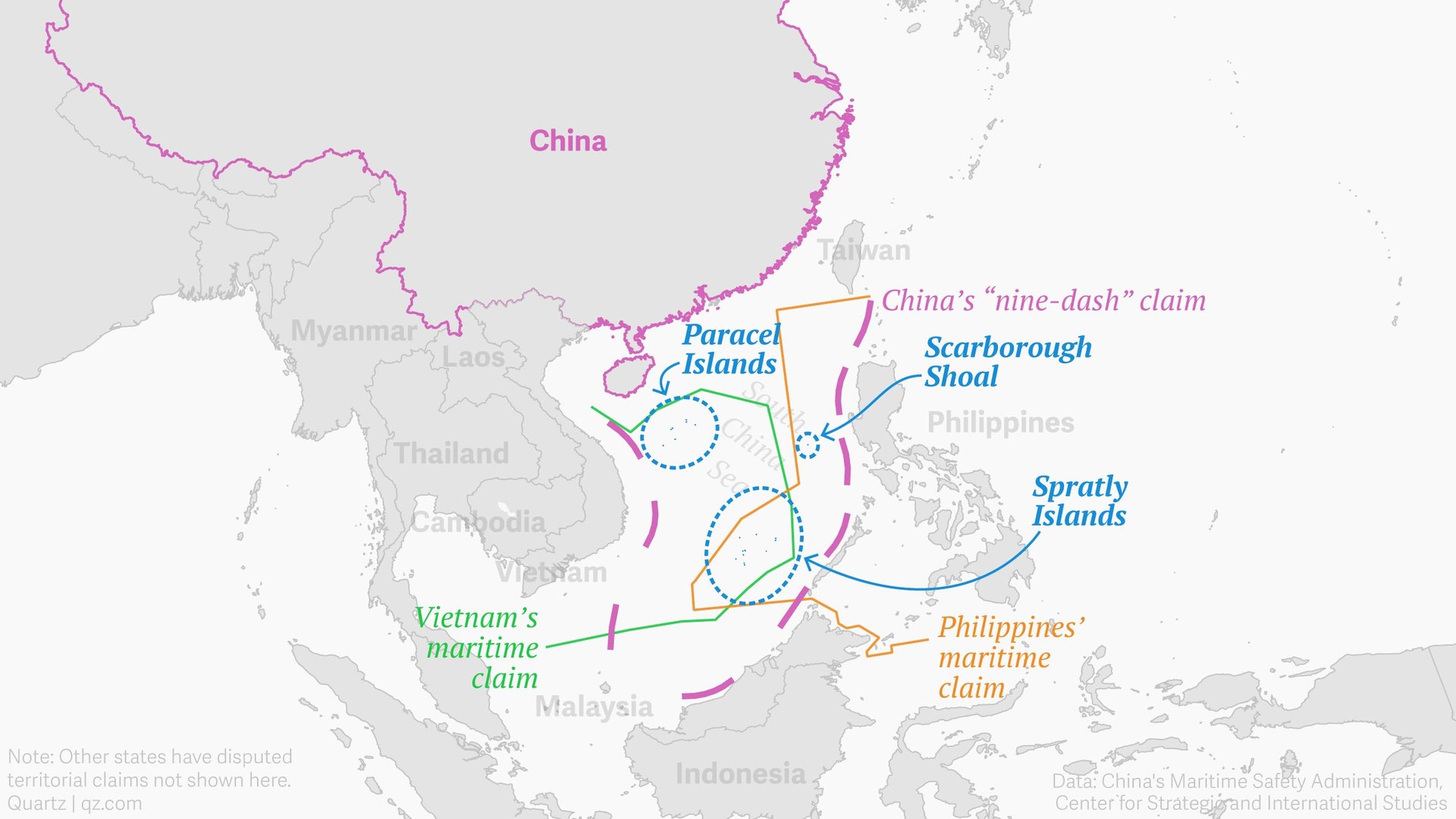
China has continued with its “salami slicing” strategy—never cutting off a piece big enough to provoke a reaction from its neighbors or the US. There have, though, been occasional flareups. In 2012 China took over Scarborough Shoal, just 200 km (124 miles) from Subic Bay, after a standoff with Philippine forces. And China accelerated its building activity in the Spratlys after the Philippines took its complaints to an international tribunal in 2013. As Beijing feared, the tribunal’s highly publicized decision, issued under Unclos in July 2016, discredited China’s claims, and found many of its activities in the sea illegal. China scrambled to find other nations to take its side on the issue, with limited success.
By the time of the ruling, which was seen as a big victory for the Philippines, Rodrigo Duterte had just become president. He gave the ruling a shrug and has taken a far more conciliatory—or as some argue defeatist—stance toward China’s moves in the South China Sea. He’s been more interested in the financing Beijing has offered for big infrastructure projects, though some fear it will lead the Philippines into a debt trap. Among the projects on the table are ones that would touch the former US installations, including a rail link connecting Clark and Subic, and industrial park at Clark.
Beijing is playing the long game in the South China Sea. It knows that flareups die down, that media attention is a fickle thing liable to blow away upon the sea breeze, and that you have to be ready to push forward when an unforeseen opening presents itself. Like that time, a quarter century ago, when a Philippine volcano unexpectedly gave it a hand.